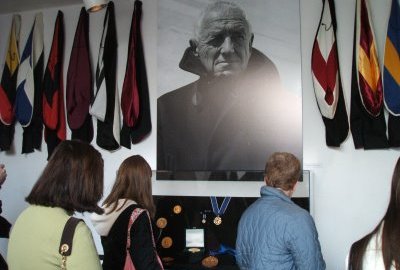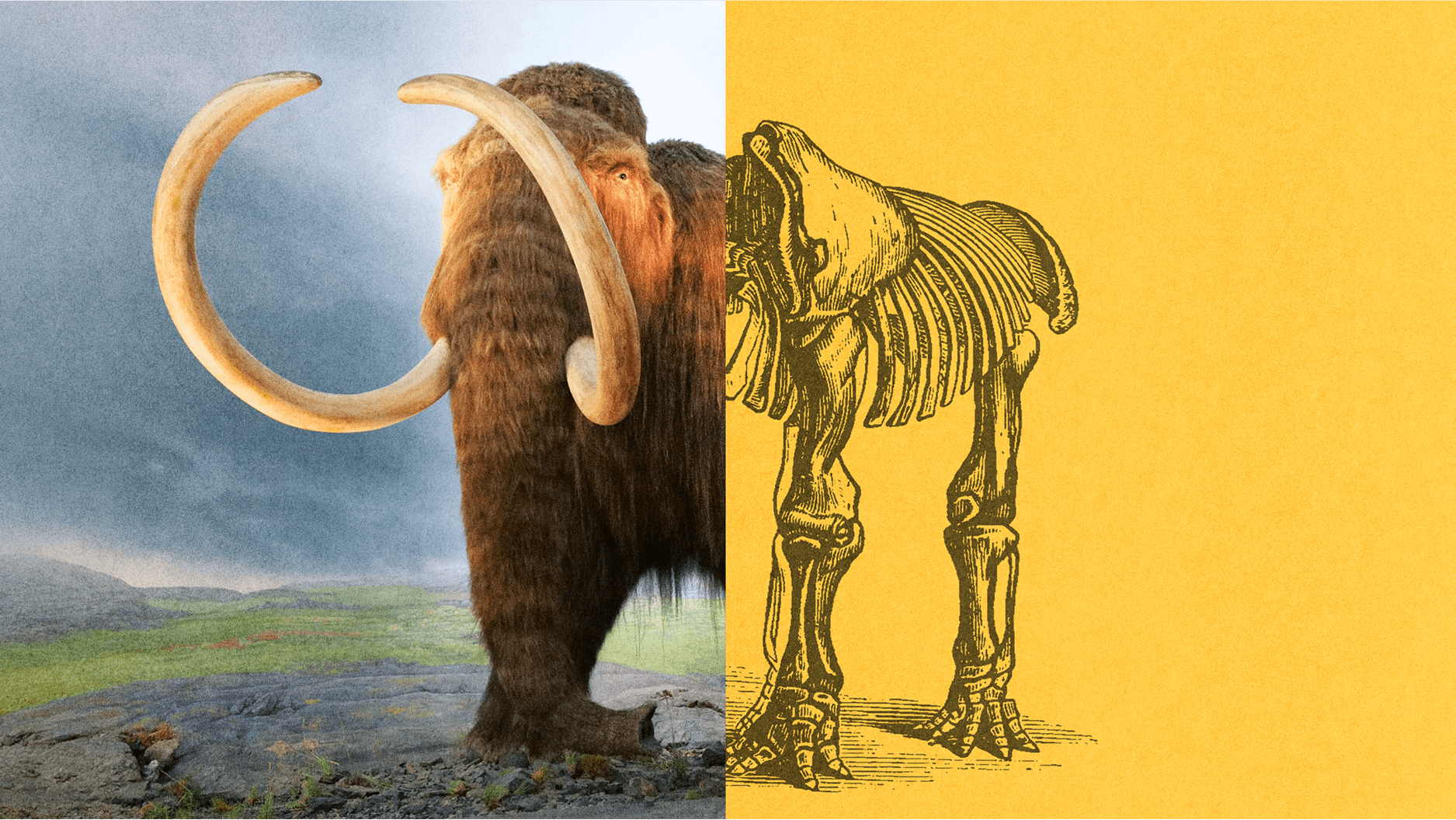Year One

Tomorrow will mark the first anniversary of the passing of American painter Andrew Wyeth. Love his work or hate it, it’s hard to argue that he didn’t leave a significant mark by sheer longevity and productivity alone. I recall walking through The Brandywine River Museum, the Wyeth family’s “home” museum in Andy’s beloved Chadds Ford, Pennsylvania, during their memorial day a week after his passing and wondering how his memory would be served. I’m not sure if it’s been a disservice or a case of no service at all.
People walked by the exhibits of Wyeth’s work talking in hushed voices, as if at a wake. A famous photo of Andy himself scowled down on those looking at the many awards he had received over a career that spanned nearly seven decades. (Author’s own photo shown.) The scowl was appropriate for a man who cherished his privacy while simultaneously creating works for the public to view. The scowl grew with age as he hoarded his time and energy to devote to painting. Interviews and accolades simply wasted his precious time remaining. The artist who even until his fifties dined with presidents and interacted with the art world beyond his Chadds Ford haven retreated into a cocoon of family and trusted friends until he reached a near silence—broken only with the announcement of his death.
And, yet, that silence lives on beyond him. His widow, Betsy, guards the family name ferociously. She and a team of curators catalogue and preserve Wyeth’s work from every time-intensive tempera painting to frenzied, energetic watercolor. Andy’s sole grandchild, Victoria, gives tours of his works in The Brandywine River Museum that offer a tantalizingly small glimpse into the vision that he took to the grave. If that vision did go with him to the next, we’ve lost much. If any of that vision remains and stands at risk, we need to be allowed to see it—for his sake, but more for ours. Wyeth painted a world that may have existed only in his mind, but it is a world that is often more wonderful and terrible than the one we inhabit. Perhaps a step towards understanding our world would be to step inside his.
Ironically, the Wyeth Foundation for American Art generously helps those who seek to preserve the history of American art for future generations. (The Paris Letters of Thomas Eakins, edited by William Innes Homer, which I reviewed here, received funds from the foundation that helped make it possible.) Perhaps the Wyeth family will find it in their hearts to honor Andy’s memory with similar generosity. Those of us, myself included, who longed to meet and speak with the artist grudgingly accepted the need for him to concentrate on his art before the final curtain fell. Now that he is gone, so is that rationale. It’s time to raise the curtain again and allow the art and Andy’s stories to speak again.




